Species Photo Gallery for Sanctanus tectus No Common Name 26 |
 | Photo by: Bo Sullivan
Craven Co.
Comment: | 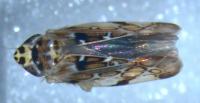 | Photo by: Bo Sullivan
Craven Co.
Comment: |
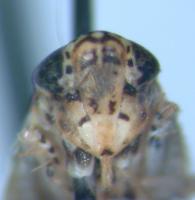 | Photo by: Bo Sullivan
Craven Co.
Comment: | 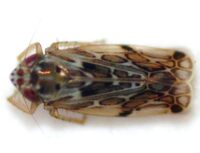 | Photo by: Kyle Kittelberger, Paul Scharf
Gates Co.
Comment: open, grassy area near mixed hardwood forest. |
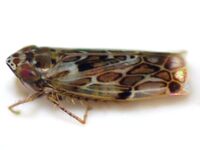 | Photo by: Kyle Kittelberger, Paul Scharf
Gates Co.
Comment: open, grassy area near mixed hardwood forest. | 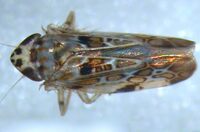 | Photo by: Bo Sullivan
Jones Co.
Comment: |
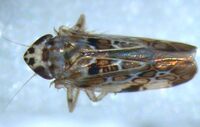 | Photo by: Bo Sullivan
Jones Co.
Comment: | 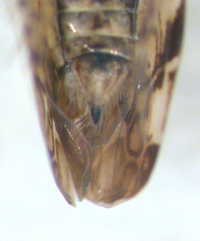 | Photo by: Bo Sullivan
Jones Co.
Comment: male |
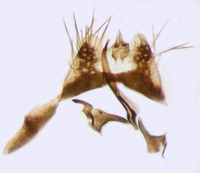 | Photo by: Bo Sullivan
Jones Co.
Comment: male | 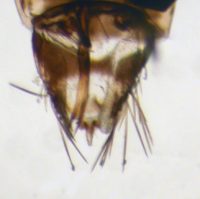 | Photo by: Bo Sullivan
Jones Co.
Comment: male |
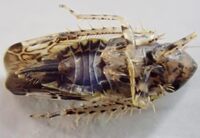 | Photo by: Erich Hofmann
Craven Co.
Comment: females | 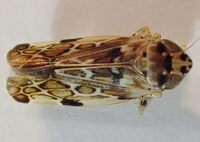 | Photo by: Erich Hofmann
Craven Co.
Comment: females |
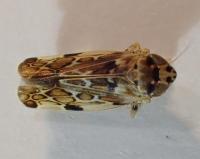 | Photo by: Erich Hofmann
Craven Co.
Comment: female | 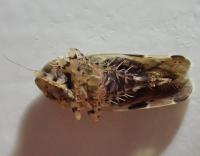 | Photo by: Erich Hofmann
Craven Co.
Comment: female |
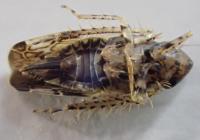 | Photo by: Erich Hofmann
Craven Co.
Comment: females | 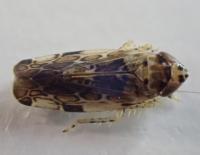 | Photo by: Erich Hofmann
Craven Co.
Comment: females |
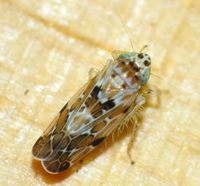 | Photo by: Kyle Kittelberger, Brian Bockhahn
Washington Co.
Comment: open area near forest edge; in parking lot. Atypic individual | 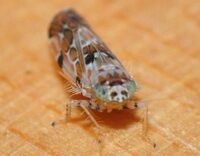 | Photo by: Kyle Kittelberger, Brian Bockhahn
Washington Co.
Comment: open area near forest edge; in parking lot |
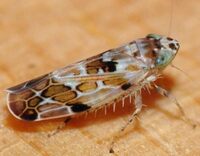 | Photo by: Kyle Kittelberger, Brian Bockhahn
Washington Co.
Comment: open area near forest edge; in parking lot | 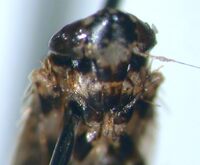 | Photo by: Bo Sullivan
Craven Co.
Comment: powerline cut; female |
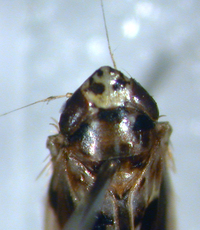 | Photo by: Bo Sullivan
Craven Co.
Comment: powerline cut; female | 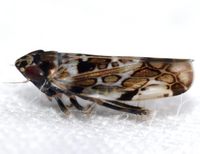 | Photo by: Kyle Kittelberger, Paul Scharf
Gates Co.
Comment: open, grassy area near mixed hardwood forest; male, ID confirmed by C. Dietrich via specimen |
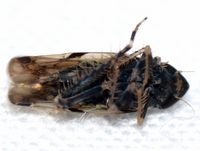 | Photo by: Kyle Kittelberger, Paul Scharf
Gates Co.
Comment: open, grassy area near mixed hardwood forest; male | 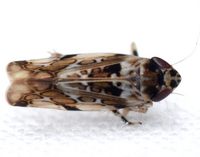 | Photo by: Kyle Kittelberger, Paul Scharf
Gates Co.
Comment: open, grassy area near mixed hardwood forest |
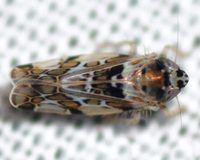 | Photo by: Kyle Kittelberger, Paul Scharf
Gates Co.
Comment: open, grassy area near mixed hardwood forest | 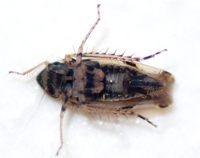 | Photo by: Kyle Kittelberger, Paul Scharf
Gates Co.
Comment: open, grassy area near mixed hardwood forest |
|

 »
»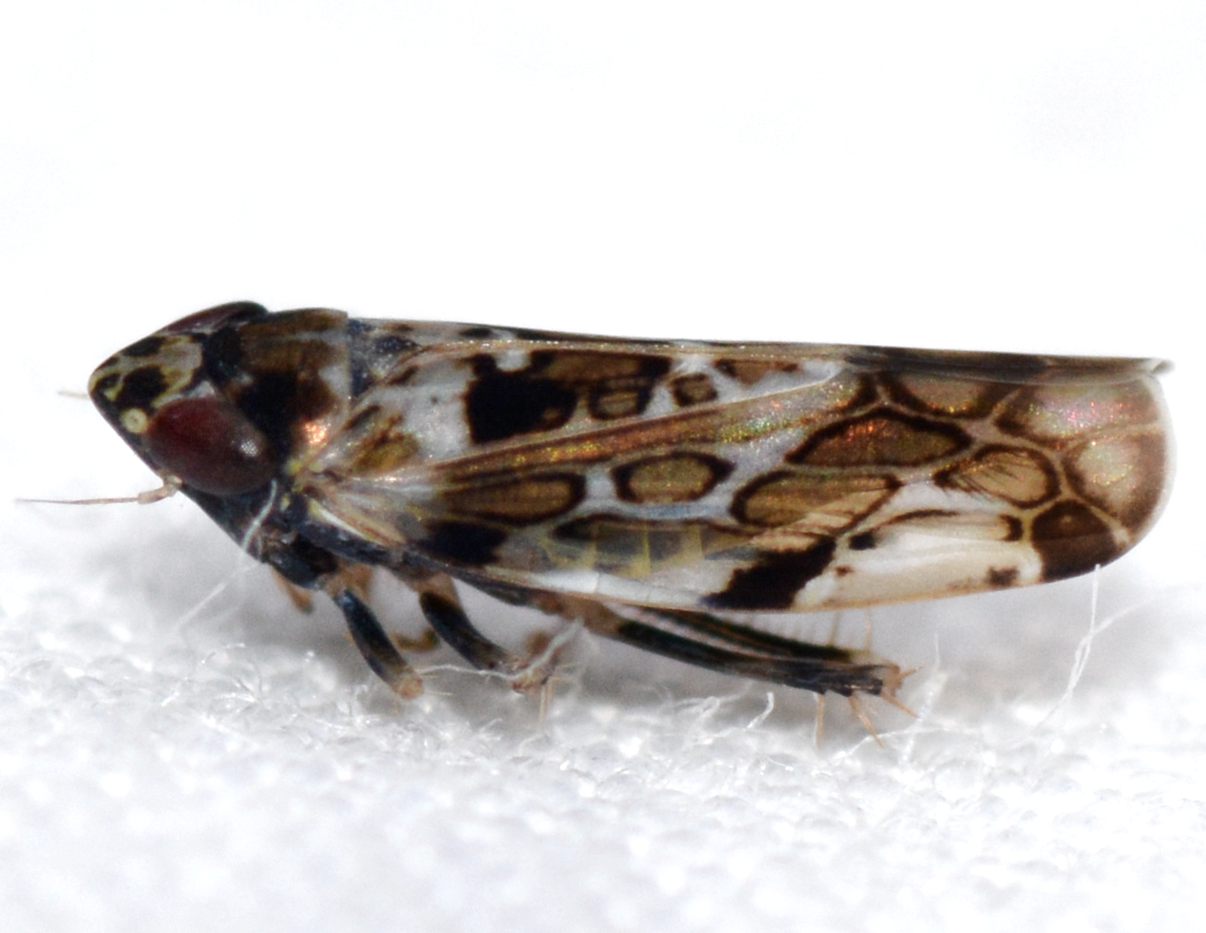
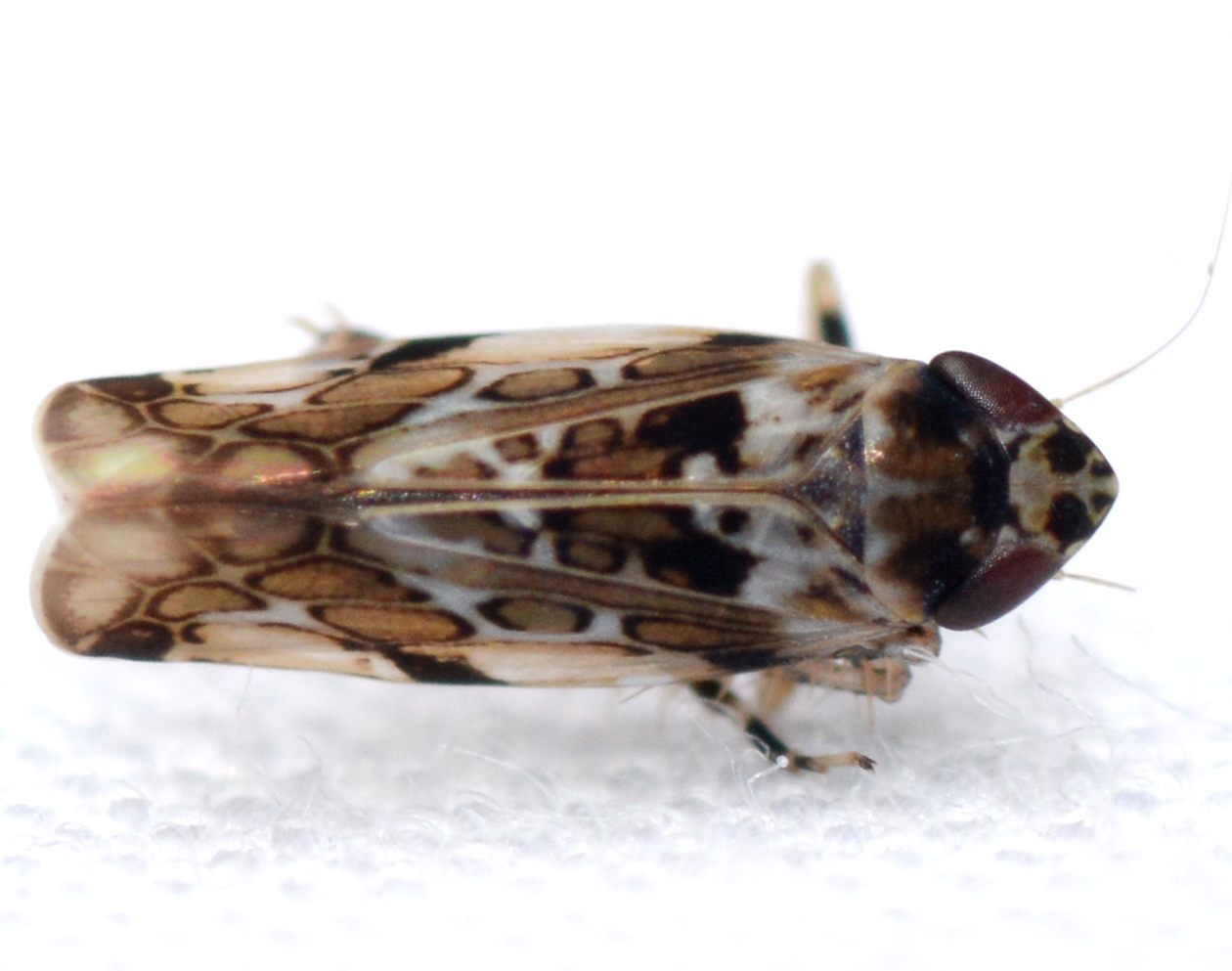
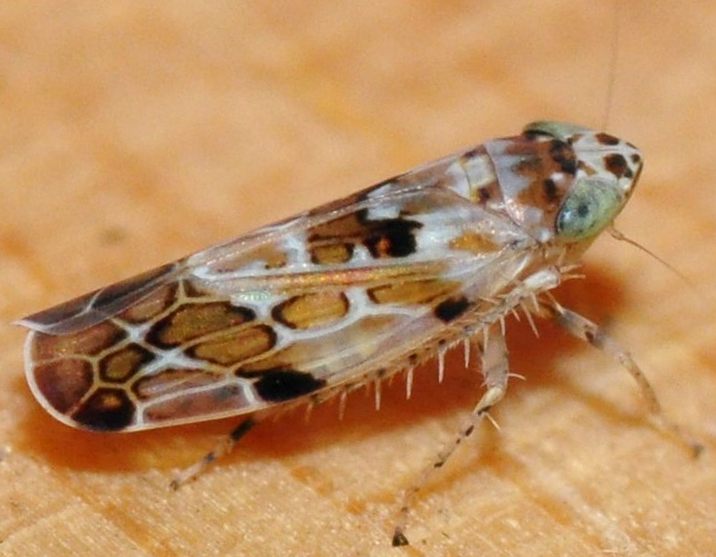
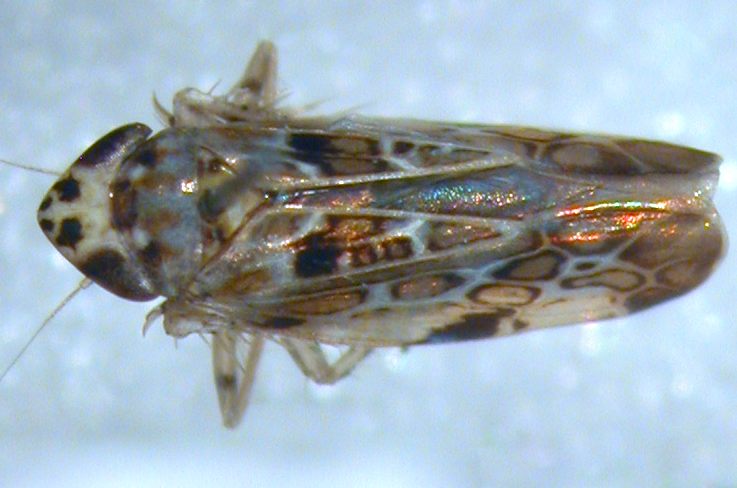

 »
»


